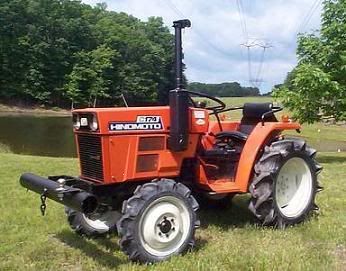SFish
Silver Member
Actually, it doesn't matter how low you hook a load on a tractor. If you have enough traction and torque it will flip over backward. Take this thought experiment- A tractor not towing anything applies power to rear wheels that are chained down so they can't rotate (extreem traction) will raise the front end off of the ground and flip over. If you can't turn the wheels, you turn the tractor.
Like others above, I think common sense is the most important safety device on my tractor. There are unavoidable situations that call for non-optimal hookups, think it through and go slow. Steve
Like others above, I think common sense is the most important safety device on my tractor. There are unavoidable situations that call for non-optimal hookups, think it through and go slow. Steve

